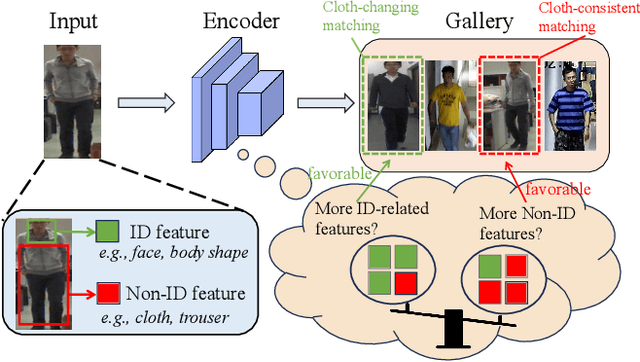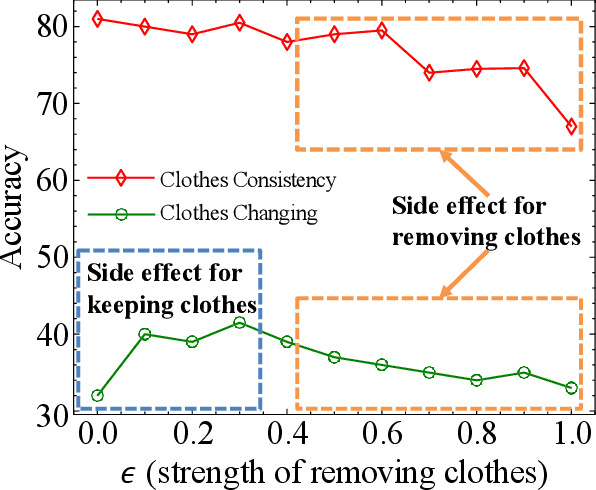Zhengwei Yin
Robustifying Fourier Features Embeddings for Implicit Neural Representations
Feb 08, 2025Abstract:Implicit Neural Representations (INRs) employ neural networks to represent continuous functions by mapping coordinates to the corresponding values of the target function, with applications e.g., inverse graphics. However, INRs face a challenge known as spectral bias when dealing with scenes containing varying frequencies. To overcome spectral bias, the most common approach is the Fourier features-based methods such as positional encoding. However, Fourier features-based methods will introduce noise to output, which degrades their performances when applied to downstream tasks. In response, this paper initially hypothesizes that combining multi-layer perceptrons (MLPs) with Fourier feature embeddings mutually enhances their strengths, yet simultaneously introduces limitations inherent in Fourier feature embeddings. By presenting a simple theorem, we validate our hypothesis, which serves as a foundation for the design of our solution. Leveraging these insights, we propose the use of multi-layer perceptrons (MLPs) without additive
Learning to Balance: Diverse Normalization for Cloth-Changing Person Re-Identification
Oct 14, 2024



Abstract:Cloth-Changing Person Re-Identification (CC-ReID) involves recognizing individuals in images regardless of clothing status. In this paper, we empirically and experimentally demonstrate that completely eliminating or fully retaining clothing features is detrimental to the task. Existing work, either relying on clothing labels, silhouettes, or other auxiliary data, fundamentally aim to balance the learning of clothing and identity features. However, we practically find that achieving this balance is challenging and nuanced. In this study, we introduce a novel module called Diverse Norm, which expands personal features into orthogonal spaces and employs channel attention to separate clothing and identity features. A sample re-weighting optimization strategy is also introduced to guarantee the opposite optimization direction. Diverse Norm presents a simple yet effective approach that does not require additional data. Furthermore, Diverse Norm can be seamlessly integrated ResNet50 and significantly outperforms the state-of-the-art methods.
 Add to Chrome
Add to Chrome Add to Firefox
Add to Firefox Add to Edge
Add to Edge